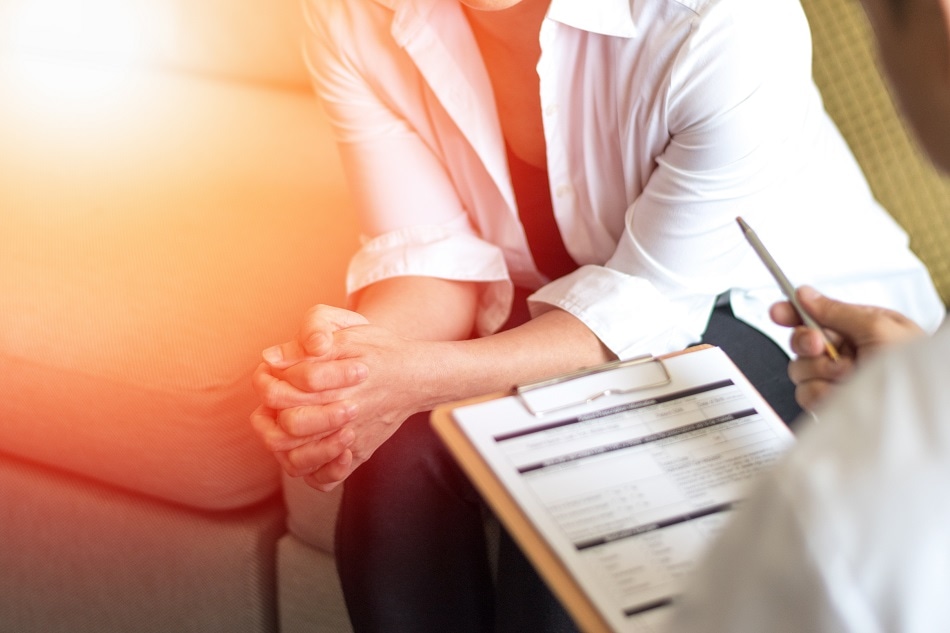Oct 31 2018
 BlurryMe/Shutterstock.com
BlurryMe/Shutterstock.com
Medical diagnoses mostly concentrate on resolving isolated problems. But, taking care of a single issue may produce others and even invoke a total health collapse. A new method has been formulated by researchers recently to measure the risks of such collapse in humans and other animals using data from wearable sensors.
Dynamic Indicators of Resilience
Staying alive necessitates resilience, the capacity to spring back from perturbations ranging from scares and scratches to flues and falls. Such resilience diminishes naturally at high age, but is also shaped by genes, life events, and lifestyle. Currently, new mathematical understandings allow the use of the innumerable micro-recoveries collected by monitoring devices to measure resilience of the whole and thus the danger of health collapse. This arrives at a moment when substantial data from fitness watches and other sensors are fast becoming common, potentially allowing inexpensive monitoring of resilience.
Surprisingly, the signals we find are similar to those indicating the risk of tipping points in ecosystems such as rainforests. This may seem strange, but we are coming to understand that it has to do with fundamental laws that rule complex systems as they become unstable.
Marten Scheffer, lead author from Wageningen University
Tipping points in mood, posture and the whole
While comprehending the whole is the greatest challenge, there is also the likelihood of collapse of system components. Mood can be taken as an example. When resilience of the mood system has been worn, even minor traumatic events can activate a self-propagating collapse into a depressed state. The Dynamic Indicators of Resilience (DIORs) that have presently been discovered are funded on variations in the system’s behavior such as tipping point is near. This enabled scientists to estimate the risk of depression from the pattern of instabilities in self-reported mood. The same principles turn out to be suggestive of the stability of other 'subsystems' of the body such as dynamic posture control of elderly which is associated with the risk of falls. Overall, the new indicators open the doors to measuring the resilience of individuals as well as of their intertwined vital subsystems.
Humans and other animals
It is not a surprise that the same method can be used to track resilience of animals from continuous data-flows. For example, herds of thousands of electronically marked dairy cows are regularly providing real-time monitoring of all individuals permitting early detection of deviations that indicate an individual is ill. Moreover, the ability to measure resilience allows much needed research into the mechanisms that form it.
Worries about animal health and welfare make it increasingly important to understand resilience of production animals. It is becoming clear that not only genetic make-up and feed composition but also early-life conditions and the establishment of social relationships have an impact on health and survival. However, we do not understand how these factors interact to shape animal resilience. Becoming able to measure resilience objectively is a hugely important step.
Prof. Bas Kemp, animal scientist, Wageningen University
"There is a widely felt need of putting the patient back together again." The same holds good in the field of human medicine says co-author Prof. Marcel Olde Rikkert, geriatrician at Radboud University Medical Center Nijmegen. "Especially in elderly, decisions such as whether or not to operate require an insight in the resilience of the patient which we are now for the first time able to study using DIORs".